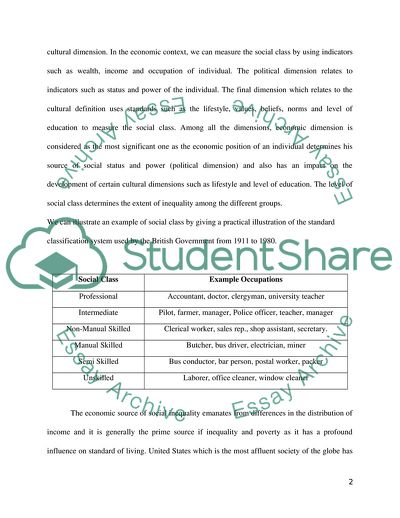Cite this document
(Social Inequality: Causes and Consequences Term Paper, n.d.)
Social Inequality: Causes and Consequences Term Paper. Retrieved from https://studentshare.org/social-science/1737389-social-inequality-causes-and-consequences
Social Inequality: Causes and Consequences Term Paper. Retrieved from https://studentshare.org/social-science/1737389-social-inequality-causes-and-consequences
(Social Inequality: Causes and Consequences Term Paper)
Social Inequality: Causes and Consequences Term Paper. https://studentshare.org/social-science/1737389-social-inequality-causes-and-consequences.
Social Inequality: Causes and Consequences Term Paper. https://studentshare.org/social-science/1737389-social-inequality-causes-and-consequences.
“Social Inequality: Causes and Consequences Term Paper”. https://studentshare.org/social-science/1737389-social-inequality-causes-and-consequences.


